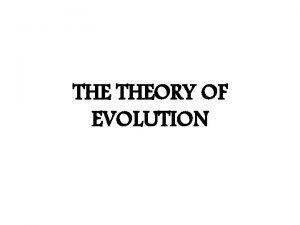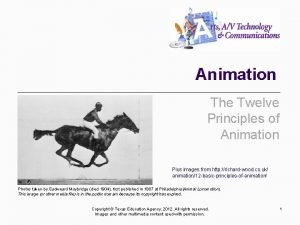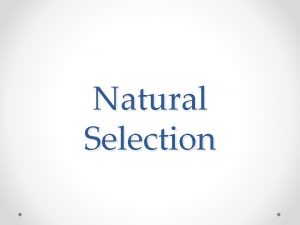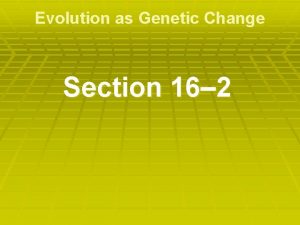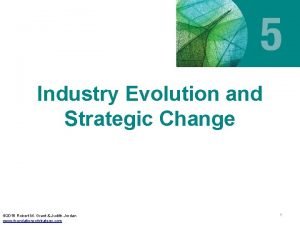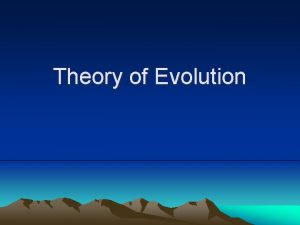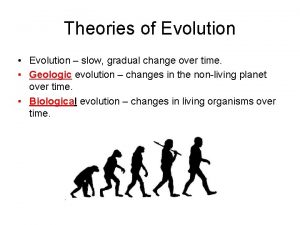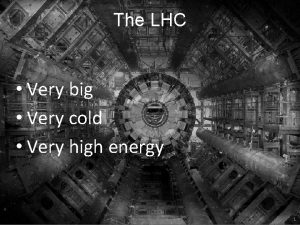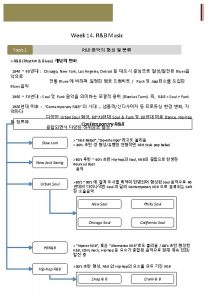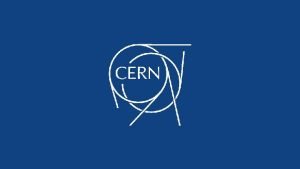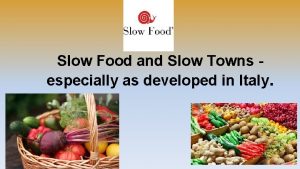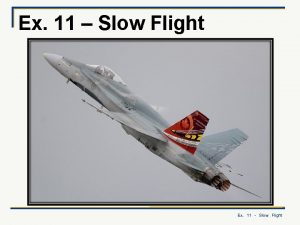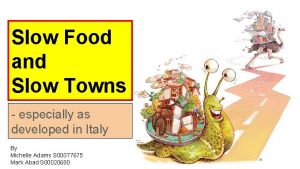THE THEORY OF EVOLUTION Evolution Very slow change
















































- Slides: 48

THE THEORY OF EVOLUTION

Evolution Very slow change in a species over vast periods of timem

Charles Darwin: father of evolution “Origin of the Species thru Natural Selection”

Why did some species survive and flourish and others become extinct?

Is evolution fact or theory? Both! FACT: things change over time, documented in fossil record THEORY: evolution is a collection of carefully reasoned and tested hypotheses about how evolutionary change occurs

HISTORY OF EVOLUTIONARY THEORY 1801: Jean Lamarck (French) 1. Theory of desire - organisms change due to inborn desire to change to become more fit for environment ex: ant eaters develop long snouts 2. Theory of use and disuse - organs that are being used get large and strong - organs that are not used shrink and eventually disappear ex: snakes- didn’t use legs so disappeared whales- used to be land creatures, legs became fins 3. Theory of inheritance - acquired traits were passed on to offspring ex: snakes that lost legs passed trait

1859: Charles Darwin (English) Influences in Darwin’s theory of evolution: 1. Geology Lyell (geologist) said earth changed over time 2. Artificial selection Process whereby with human intervention superior specimens are bred to produce superior offspring with desired traits ex: larger bulls cows that produce more milk larger ears of corn 3. Population controls Malthusian Doctrine (human population is controlled by famine, disease, and war) - applied even more to plants and animals

What factor determines which individuals survive and reproduce? Darwin’s Theory of Natural Selection Natural selection Individuals that have physical or behavioral traits that better suit their environment are more likely to survive and will reproduce more successfully than those without traits.

Parts of Theory 1. Overproduction - organisms produce more offspring than can survive 2. Genetic variation - individuals in a given species vary by chance (due to gene recombination)…………. this is normal. exception: identical twins 3. Struggle to survive - all organisms face constant struggle to survive (limited resources) ex: pond ecosystem – cattails compete with duckweed for surface of lake water 4. Survival of the fittest - Individuals best adapted to environment are more likely to survive and reproduce



DIFFERENCE IN THEORIES Lamarck: organisms change in order to survive in environment - occurs in the organism’s lifetime Darwin: environment determines which organisms survive through natural selection - occurs over many generations

Examples of Natural Selection 1. Industrial Melanism: Peppered Moths natural selection video

Examples of Natural Selection, cont. 2. Antibiotic Resistance: T. B. and other bacteria

Examples of Natural Selection, cont. 3. Pesticide resistance By spraying crops with poisons to kill insect pests, humans have favored the reproduction of insects with inherited resistance to the poisons over those with no resistance

Nov. 1859: Darwin published book “Origin of the Species through Natural Selection”

UPDATES ON DARWIN’S THEORY 1. Genes are carriers of characteristics and source of random variation. (caused by mutations) 2. Variation is the raw material for natural selection. - Natural selection can operate only thru phenotypic variations. (physical and behavioral characteristics produced by genotype and environment)

3. Evolutionary change involves change in allele frequency in the gene pool of a population Population: collection of individual of same species in specific area that can successfully breed. - offspring share same gene pool Gene pool: common group of genes Relative frequency: how often alleles show up - Since genes come in pairs (alleles), some occur more frequently - As relative frequency changes, distribution of traits changes

4. Evolutionary fitness and adaptation depends on success of organism passing its genes (traits) to its offspring • adaptation: - genetically controlled characteristics (physical or behavioral traits) - increase an organisms fitness for its environment

Examples of Adaptations

5. Formation of species - species: group of organisms that breed and produce fertile offspring - normal - members share a common gene pool - if beneficial gene- increases fitness members of a species can evolve together - speciation: development of a new species through evolution

FACTORS IN SPECIATION 1. Reproductive Isolation: two populations of same species do not breed with each other due to geographic separation -Gene pools change thru natural selection to the point where same species becomes different over time and can no longer breed -Two populations now considered to be two different species - Can occur thru rivers, mts. , roads, courtship behavior, fertile periods ex: isolation by grand canyon Kaibob squirrel Abert squirrel

2. Migration (gene flow) movement of large numbers of organisms of same species from one environment to another (immigration or emigration) - eventually leads to adaptation from natural selection to environment - results in change in gene frequency - if population breeds with existing population there is a change in gene pool Ex: camels: originated in N America but migrated around the world, ice age destroyed most except those in scattered areas Asian African Llama

3. Adaptive radiation (divergent evolution): process by which different species arise from one common ancestor - organisms evolve new characteristics that enable them to survive in different environments - over time it is difficult to tell which species are related ex: Darwin’s finches

How Adaptive Radiation Occurs Adaptive radiation on an island chain may lead to several new bird species evolving from one founding population.

- Darwin visited Galapogos Islands (620 mi. off Equador) - noticed 14 species of finches - evolved from common ancestor in S. A. - each of 14 species had traits to allow them to survive in different niche

Examples of adaptive radiation, cont. Homologous structures: structures which developed from a common ancestor, but have changed over time due to different purposes similar structures less similar structures

Examples of adaptive radiation, cont. platypus kangaroo anteater

4. Convergent evolution: process whereby organisms not closely related, independently evolve similar traits as a result of having to adapt to similar environments or ecological niches. - organisms with different ancestors become more alike because they share same environment - result in: analogous structures: similar in appearance and function, but different origins with different internal structures (each evolved independently) bat wing v. s. bird wing dissimilar structures more similar structures

EVOLUTION OF EVOLUTIONARY THEORIES 1. Genetic Drift: chance changes in gene pool from generation to without natural selection - causes random change in frequency of a gene - unlike natural selection - doesn't work to produce adaptations since random

2. Unchanging gene pools: if species is very well adapted to environment and there is no competition, no change occurs ex: horseshoe crabs (living fossils)

3. Gradualism: evolutionary change occurs slowly and gradually over time

Horse Fossil Record - gradualism (60 million years)

4. Equilibrium: organism does not change every much over time ** explains gaps in the fossil record ** - punctuated equilibrium: long stable period interrupted by brief periods of change (sometimes events occur to disturb equilibrium) - causes rapid change in small groups of organisms - usually fills new niche - could cause mass extinctions

Microevolution • Evolution on a small scale within a single population • Changes gene frequency within that population

Co-evolution • The mutual evolutionary influence between two species (the evolution of two species totally dependent on each other) • Each of the species involved exerts selective pressure on the other, so they evolve together • Extreme example of mutualism

Examples of Co-evolution • • Acacia ants and acacia trees Pollination trees have large hollow thorns ants live in thorns leaves make substance that ants eat ants defend tree from herbivores • bumblebees use nectar from pollen • flowers become cross pollinated from bees

EVIDENCES OF EVOLUTION 1. Embryologic similarities: evidence of a common ancestor • dorsal, hollow nerve cord, notochord (stiffening rod of cartilage) in the back • similar membranes in the embryos, yolk sac that produces the first blood cells and germ cells • similar development of many organs

2. Fossil record • Most occur in layers of rock, with the youngest usually on top, and the oldest in deeper layers (sedimentary rock) • Some found in amber (fossilized tree sap) • Record incomplete due to soft outer coverings on organisms not leaving imprints • 99% of all species that lived on Earth are now extinct.

Each layer of sedimentary rock represents a particular time period. Fossils reveal organisms that lived when the layer formed.


3. Comparative anatomy Vestigial structures (organs) Snake Vestiges of pelvic girdle and leg bones of walking ancestors Homologous structures Whale Set of bones that are clearly homologous with the pelvis of any four-limbed vertebrate


4. Biochemical similarities • DNA, RNA, amino acids, and serology (comparison of blood chemistry) Species Gorilla Rhesus monkey Amino Acid Differences from Human Hemoglobin Protein 1 8 Mouse 27 Chicken 45 Frog 67 Lamprey 125

5. Vestigial structures: • Structures which have lost all or most of their original function in a species through evolution. • Degenerated, atrophied, or rudimentary condition • Largely or entirely functionless, may retain lesser functions or develop new ones coccyx appendix muscles behind ears

MECHANISMS OF EVOLUTION 1. Natural selection 2. Mutation 3. Migration (gene flow) 4. Genetic drift

What is the significance of evolutionary theory? Allows us to: - discuss universal characteristics of life - study other animals to learn how our bodies work - understand how organisms interact with each other and their environment - appreciate diversity of all the earths organisms

 Model of evolution showing slow change
Model of evolution showing slow change Twelve principles of animation
Twelve principles of animation Natural selection definition
Natural selection definition Very bad to very good scale
Very bad to very good scale Multiplication of scientific notation
Multiplication of scientific notation Fewfewfewf
Fewfewfewf Receiving table/area
Receiving table/area Quantifiers food exercises
Quantifiers food exercises You draw very well change into exclamatory sentence
You draw very well change into exclamatory sentence 16-2 evolution as genetic change
16-2 evolution as genetic change Industry evolution and strategic change
Industry evolution and strategic change Hát kết hợp bộ gõ cơ thể
Hát kết hợp bộ gõ cơ thể Slidetodoc
Slidetodoc Bổ thể
Bổ thể Tỉ lệ cơ thể trẻ em
Tỉ lệ cơ thể trẻ em Voi kéo gỗ như thế nào
Voi kéo gỗ như thế nào Thang điểm glasgow
Thang điểm glasgow Alleluia hat len nguoi oi
Alleluia hat len nguoi oi Các môn thể thao bắt đầu bằng tiếng bóng
Các môn thể thao bắt đầu bằng tiếng bóng Thế nào là hệ số cao nhất
Thế nào là hệ số cao nhất Các châu lục và đại dương trên thế giới
Các châu lục và đại dương trên thế giới Công của trọng lực
Công của trọng lực Trời xanh đây là của chúng ta thể thơ
Trời xanh đây là của chúng ta thể thơ Mật thư tọa độ 5x5
Mật thư tọa độ 5x5 Làm thế nào để 102-1=99
Làm thế nào để 102-1=99 độ dài liên kết
độ dài liên kết Các châu lục và đại dương trên thế giới
Các châu lục và đại dương trên thế giới Thơ thất ngôn tứ tuyệt đường luật
Thơ thất ngôn tứ tuyệt đường luật Quá trình desamine hóa có thể tạo ra
Quá trình desamine hóa có thể tạo ra Một số thể thơ truyền thống
Một số thể thơ truyền thống Cái miệng bé xinh thế chỉ nói điều hay thôi
Cái miệng bé xinh thế chỉ nói điều hay thôi Vẽ hình chiếu vuông góc của vật thể sau
Vẽ hình chiếu vuông góc của vật thể sau Nguyên nhân của sự mỏi cơ sinh 8
Nguyên nhân của sự mỏi cơ sinh 8 đặc điểm cơ thể của người tối cổ
đặc điểm cơ thể của người tối cổ Ví dụ về giọng cùng tên
Ví dụ về giọng cùng tên Vẽ hình chiếu đứng bằng cạnh của vật thể
Vẽ hình chiếu đứng bằng cạnh của vật thể Tia chieu sa te
Tia chieu sa te Thẻ vin
Thẻ vin đại từ thay thế
đại từ thay thế điện thế nghỉ
điện thế nghỉ Tư thế ngồi viết
Tư thế ngồi viết Diễn thế sinh thái là
Diễn thế sinh thái là Dot
Dot Bảng số nguyên tố lớn hơn 1000
Bảng số nguyên tố lớn hơn 1000 Tư thế ngồi viết
Tư thế ngồi viết Lời thề hippocrates
Lời thề hippocrates Thiếu nhi thế giới liên hoan
Thiếu nhi thế giới liên hoan ưu thế lai là gì
ưu thế lai là gì Sự nuôi và dạy con của hổ
Sự nuôi và dạy con của hổ
